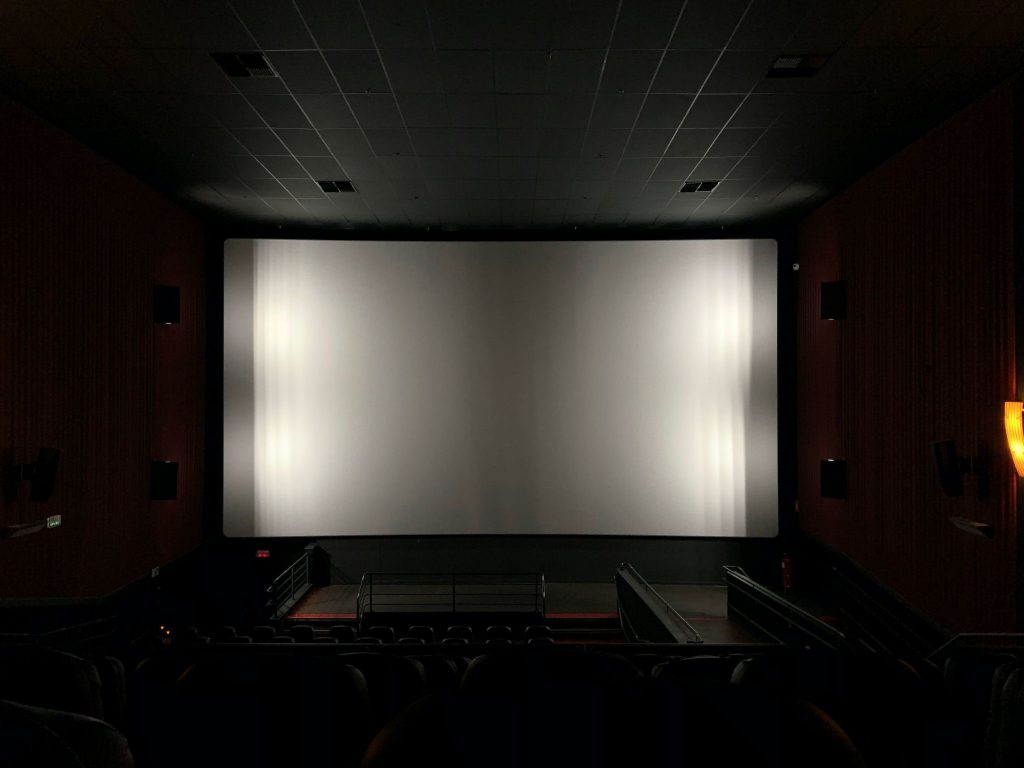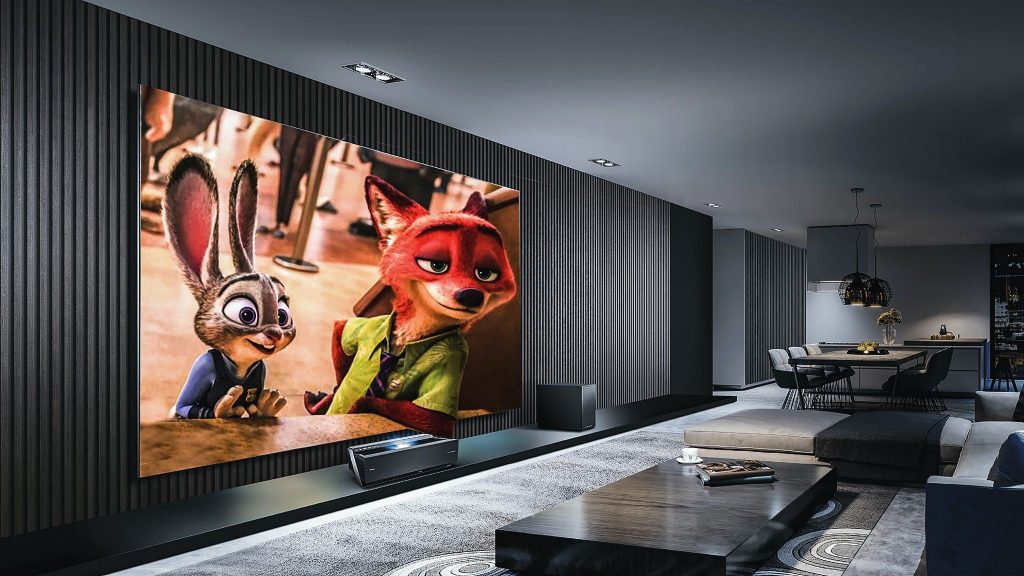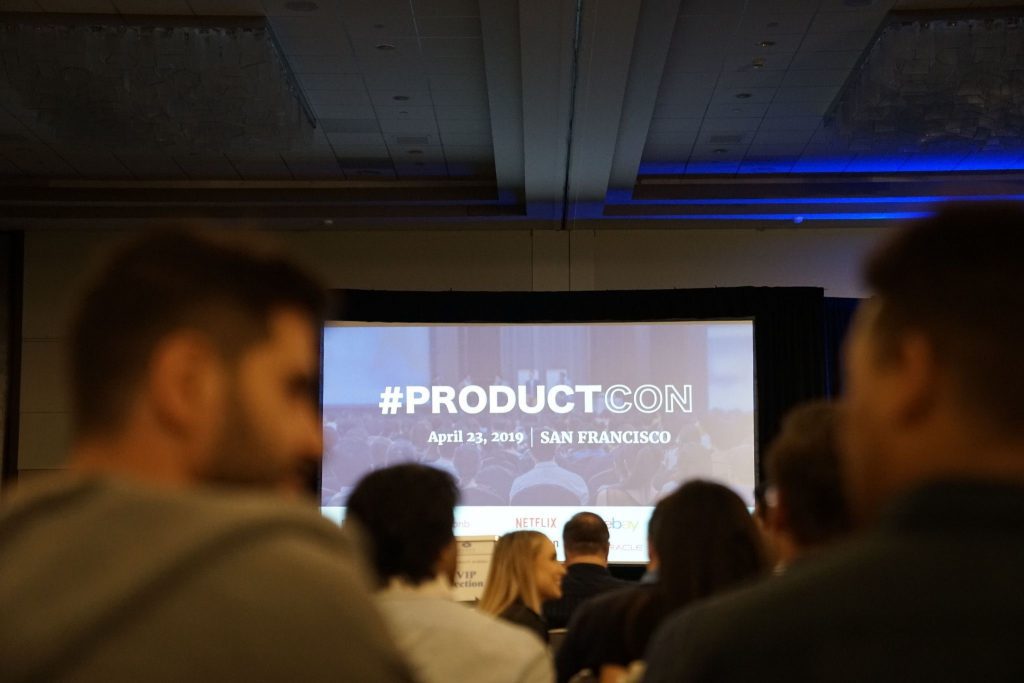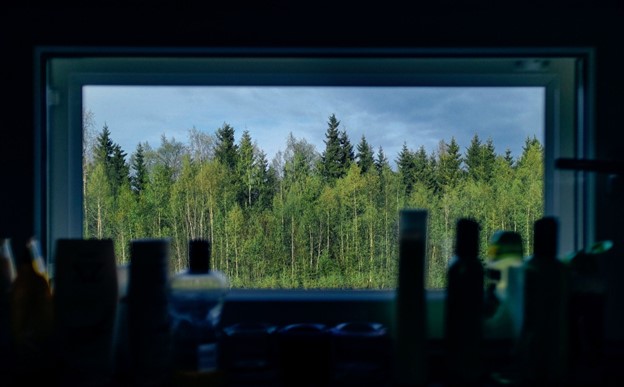Projector screens can help you have the best entertainment or presentation by displaying crisp life-sized images and videos. However, you’ll need to select the right screen for your room and projector.
So what exactly should you look for in a screen before getting one for yourself?
This article will help you understand everything you need to know before getting a projector screen. You are going to understand:
- Types of projector screens
- The advantages of using a screen over a wall
- Features of a good projector screen
- How to select the ideal screen
Let’s dive right in!
What is a Projector Screen?
First things first – a projector screen is a surface that displays projected images for an audience to view.

A projector paired with the right screen will help you have crisp images and videos that will make you enjoy your entertainment.
Now, there are two basic types of projector screens:
- Fixed – just as its name suggests, a fixed projector screen is usually in a fixed position (for example, on a wall). You may find other people calling it the fixed frame screen.
- Portable – a portable screen means that it is mobile. You can move it with ease, hence portable.
There are so many projector screen options out there today. The hard part is acquiring one that will work perfectly when paired with your projector. We’ll cover more on how to select the ideal screen later in this article.
Advantages of Using a Screen Over Using a Wall
There are several advantages of using a projector screen over using a wall. Check them out:
- Higher image resolution and color accuracy – The biggest advantage of using a screen over a wall is the ability to view clear images or videos. A projector screen has a special coating that improves reflective qualities. A wall might have minor imperfections that could harm the quality of your projected image.

It is also important to note that the color of your wall determines the quality of the projected image – it can make the image seem too bright or too dark. Getting a screen is easier than repainting your wall, assuming that you own the house.
- Assuming that you have a perfect white or gray wall (similar to a projector screen), getting a screen is still beneficial. A screen helps you frame your projected image or video properly.
Proper framing is important, as it significantly reduces motion judder, therefore, improving the quality of your projected media.

- Control over projected image gain – A screen gives you more control of how much light gets reflected. Too much light ruins the quality of your projected image or video.
You might be thinking to yourself:
“If a projector screen displays crisp images, can I make one for myself at home?”
Which is Better: Homemade vs. Professional Projector Screen
Using a homemade projector screen is cheaper than acquiring a professional one. A homemade screen will work fine if you do not mind viewing projected images or videos that are not entirely clear.
A professionally made projector screen is better than a homemade one. A professional screen will offer you the best of the best display.
In addition to that, making your own projector screen may prove to be difficult, especially if you are not the DIY-kind of person. It’ll consume a lot of time and energy and is not guaranteed to work well.
For example, you may decide to paint one of your walls with white paint as a way of making your own screen. Any imperfection during painting (including using the wrong kind of paint) will undoubtedly affect the quality of your projected image.
Bottom line:
Both homemade and professional projector screens have one task to do at the end of the day – display projected images. However, professional projector screens are better than homemade screens because they offer a better image display.
If you decide to make a homemade screen, knowing the right material (or paint) to use could help your project succeed. In addition to that, knowing the best material for a screen will help you know the ideal professional projector screen to acquire.
Best Material to Use for a Projector Screen
Selecting the best material to use for a screen requires you to consider gain and fabric color. Other considerations include acoustic transparency, viewing angle, and HD or 4K display.
Gain simply means how light reflects on the screen’s material. A gain of more than 1.0 means that the screen’s fabric reflects more light which could be both good or bad, depending on the ambient lighting in the room.
More light means that your reflected image will not be clear – it will appear washed out. Consider acquiring a black blackout cloth if there is too much ambient light. It’ll help you reduce the wash-out display on images.
Here’s the deal:
The best material for a projector screen is a blackout cloth – especially if it is a homemade screen. A blackout cloth will absorb light from the projector, making projected images and videos clearer.
You can decide to use either a white matte, black, or gray blackout cloth. A white blackout cloth ensures that the image’s color and fidelity are accurate. A gray blackout cloth increases the contrast in projected images.
Professional projector screens are made from polymer materials or are PVC coated. You do not really have to worry about the material as the display quality is outstanding. They are made from high-end industrial-grade material.
You’ll only need to consider the type of projector you have as well as the room where you’ll be projecting videos or images.
What Screen Size Should You Buy?
Projector screen size is limited by the amount of space you have. However, that does not mean that bigger screen size is better.
The best screen size to acquire should be within the limits of your projector (often listed as recommended image size). Attempting to project images beyond your projector’s limits guarantees poor-quality projected images or videos.
You’ll find that the images or videos have noticeable pixel structure, or the brightness of the projected image has a gain of less than 1.0 (low brightness).
When buying a screen for your 1080p or 4K projector, consider acquiring a smooth screen (minimal grit). If the screen has too many imperfections, the quality of the image will be poor.
Check this out:
The 4K display is way clearer than 1080p. Using a 1080p screen for a 4K display might not give you a sharp display as you’d expect. Before acquiring a screen for your 4K projector, please check if it is 4K compatible.
Features of a Good Projector Screen
There are five primary features of a good screen. Check them out:
- Screen gain – a good projector screen should have a screen gain of 1.0. Anything more than that means that the screen is reflecting more light than what is being projected. There is a great possibility that you’ll view washed-out images.
Contrary to that, any screen that has a screen gain of less than 1.0 will have too dark images.
- Rear-projection: A good projector screen should have rear projection, meaning that it can allow light to pass through it. Rear projection is important, as it helps produce a lot of light for the audience to see, similar to what a TV does.
However, rear-projection screens work only with rear-projectors. You cannot use a rear-projection screen with a front projector.
- Ambient light rejection – ambient light is simply the light present in a room. Does your room have too much light? A good screen should be able to reject excessive ambient light to project quality images.
- Texture – Smooth screen textures mean higher quality image and video display (1080p or 4K). The higher the image quality, the smoother the screen texture.
- Acoustically transparent – a porous screen that allows sound to pass through it since speakers are placed at the back of the screen. The tiny holes allow sound waves to pass through the screen but prevent excessive light. It enables you to enjoy a good audio system as well as a clear image.
Selecting the Right Screen
Selecting the right projector screen primarily depends on where you want to use it and the ambient lighting of where you want to use it.
- Outdoor Screens for Your Backyard
There’s nothing better than enjoying an outdoor movie at night with your friends or family. When selecting the ideal outdoor projector screen, the primary considerations should be the size and color of the screen.
Remember, your screen size should not be bigger than your projector’s recommended image size. Otherwise, your outdoor movie experience will be ruined.
When selecting the color of your outdoor projector screen, consider selecting a white or gray screen. When projecting images or videos outdoors, you cannot really control the lighting as you would indoors.
If the moon, stars, neighbor’s house lights, and street lights are a little bit too bright, consider acquiring a gray screen – it’ll have better contrast than a white screen. The dull matte side should face the projector when using a gray screen for a crisp and clear image display.
- Indoors with a lot of Ambient Light
Your primary focus when selecting a screen for a room with a lot of ambient light should be the color of the screen. A darker screen, preferably black, is ideal for a room with a lot of ambient light.
A black screen will absorb the ambient light and provide better image contrast. Gray screens will also work, but a black one will provide a sharper image.
Final Thoughts
Projector screens help you enjoy your entertainment or presentation by providing clear, life-sized images or videos. Choosing the right projector screen is important, as it determines the clarity of your projected images.
There are two basic types of projector screens – portable and fixed. Fixed projector screens are attached somewhere (for example, on a wall) and are difficult to move around, unlike portable projector screens, which are easy to move.
Now, there are several benefits of using projector screens over using a wall:
- Higher resolution images and color accuracy
- Better image framing for a crisp and clear image
- Control over projected image gain
A professionally made projector screen is better than a homemade screen, primarily because they offer a better image display. On top of that, acquiring a projector screen reduces the hassle of making one from scratch.
Blackout cloth is the best material for making your homemade projector screen. The color of the blackout cloth is determined by the level of ambient light in the room. Professional projector screens are made from polymer materials or are PVC coated.
They are made from high-end industrial-grade material.

The size of your projector screen is greatly determined by the recommended image size of your projector. High-resolution displays (such as 1080p and 4K) require a screen with a smooth texture.
Features of a good projector screen are:
- Screen gain – how much light is your screen reflecting? A good screen should have a screen gain of 1.0
- Texture – The smoother the texture, the better the image quality for high-resolution projectors (1080p and 4K)
- Ambient light rejection – A good projector screen should be able to reject excessive ambient light for a crisp, clear image.
- Rear-projection – a rear projector screen should allow enough light to pass through it to display images well. However, rear projector screens are limited to rear projectors.
- Acoustically transparent – allows you to enjoy both clear audio and high-quality projections.
When selecting a projector screen for an outdoor event, consider getting a white or gray screen color. A gray screen color works best with lights (street lights, moon, neighbor’s house). A white one works best in darker environments.
On the other hand, when selecting a projector screen for a room with a lot of ambient lighting, consider getting a black or gray screen color. A black projector screen absorbs excessive ambient light. The dull matte side should face the projector if you choose to use a gray screen.
Bottom line:
Is it necessary to buy a projector screen?
Strictly, no – there are alternatives such as using a wall.
Should you get a projector screen?
Yes, you should – it’ll help you enjoy your entertainment better by displaying clear, life-sized images or videos.




